សីហា . 29, 2025 02:20 Back to list
Premium Formwork Wing Nuts & Tie Rods | Factory Supplier
The Indispensable Role of Formwork Fasteners in Modern Construction
In the rapidly evolving landscape of global construction, the integrity and efficiency of formwork systems are paramount for ensuring structural safety and project timelines. At the heart of these systems lie critical components such as the formwork wing nut and its accompanying formwork tie rod. These seemingly small elements bear immense responsibility, providing the necessary clamping force and stability to concrete formwork during the curing process.
Modern industry trends are increasingly focused on enhanced safety, accelerated project delivery, and sustainable practices. This necessitates the use of high-performance, durable, and reusable formwork accessories. The demand for robust fastening solutions, including specialized variants like the formwork wing nut with plate and the formwork water stop wing nut, continues to grow, driven by complex architectural designs and challenging environmental conditions. B2B decision-makers and engineers prioritize suppliers who can deliver not only superior product quality but also technical expertise and reliable logistical support.
The selection of the right formwork wing nut supplier or formwork water stop wing nut supplier is critical. These suppliers are not just vendors; they are partners in ensuring the structural integrity and long-term performance of construction projects, from residential buildings to massive infrastructure developments. Understanding their manufacturing processes, quality control, and capacity for customization is essential for optimal project outcomes.
Precision Manufacturing: The Journey of a Formwork Wing Nut
The manufacturing process of a high-quality formwork wing nut is a testament to precision engineering and material science, ensuring each piece meets stringent performance requirements. Here’s a detailed look at the typical process flow:
-
Material Selection:
High-grade ductile iron (e.g., GGG50) or robust carbon steel (e.g., Q235, S45C) is meticulously chosen for its tensile strength, yield strength, and impact resistance. These materials provide the necessary durability and load-bearing capacity for the intense demands of concrete formwork.
-
Casting or Forging:
- Casting (Ductile Iron): Raw material is melted and poured into molds designed to precise specifications. This method is cost-effective for complex shapes and allows for high production volumes. Post-casting, components undergo fettling and sandblasting to achieve surface finish.
- Forging (Carbon Steel): Steel billets are heated to specific temperatures and then shaped through hammering or pressing. Forging enhances the grain structure, resulting in superior strength and fatigue resistance, critical for reusable components.
-
CNC Machining:
Precision CNC (Computer Numerical Control) machining is employed to create the internal threading that perfectly matches the formwork tie rod. This ensures a tight, secure fit and optimal load transfer. Dimensions are held to tight tolerances to guarantee compatibility and performance.
-
Heat Treatment:
Components undergo heat treatment processes, such as quenching and tempering, to achieve the desired hardness, ductility, and strength. This critical step significantly extends the service life and prevents premature failure under stress.
-
Surface Finish:
A protective surface coating, typically electro-galvanization or hot-dip galvanization, is applied. This layer provides exceptional corrosion resistance, extending the product's lifespan, especially in harsh construction environments, and contributing to its energy saving attributes by reducing replacement needs.
-
Quality Control & Testing:
Each batch is subjected to rigorous quality control. This includes visual inspection, dimensional checks, thread gauge testing, and destructive tests such as tensile strength tests. Compliance with international standards like ISO 9001 (Quality Management) and ANSI/ASME standards for threads ensures reliability.
The service life of a well-manufactured formwork wing nut can exceed 10 years with proper maintenance, making it a cost-effective choice for target industries such as petrochemical, metallurgy, and water supply & drainage. Its robust construction and corrosion resistance ensure consistent performance in demanding applications.
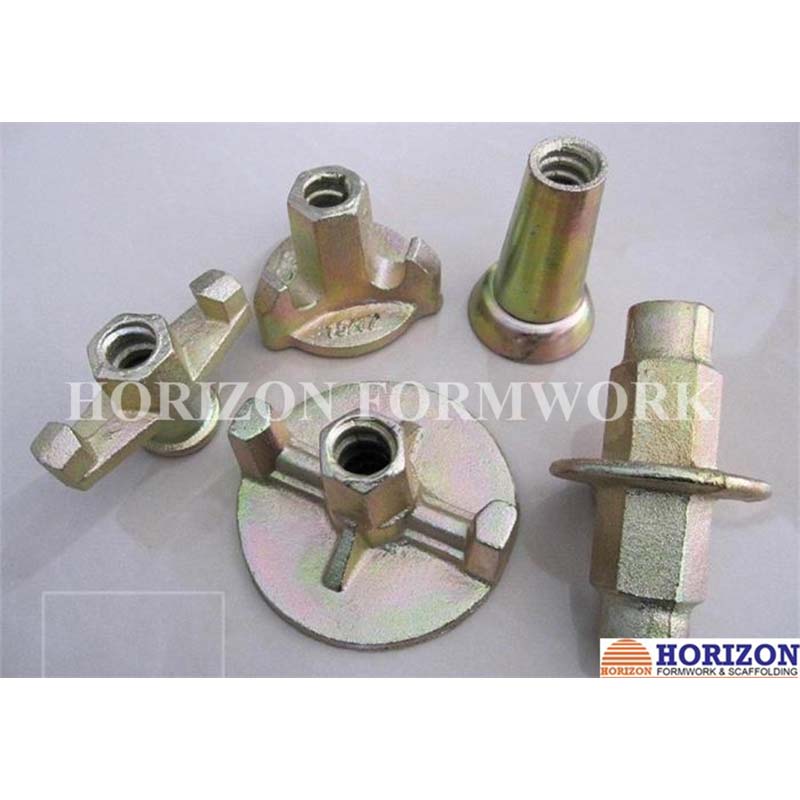
Fig 1: A meticulously crafted formwork wing nut ready for deployment.
Technical Specifications and Performance Parameters
Understanding the technical specifications of a formwork wing nut is paramount for engineers and project managers. These parameters dictate the product's suitability for various load conditions and environmental factors. The synergy between the wing nut and the formwork tie rod is crucial, with their threads designed to interlock perfectly, distributing pressure evenly across the formwork panels.
Here is a typical specification table for common formwork wing nuts and tie rods:
The selection of the appropriate formwork wing nut and formwork tie rod combination is crucial for the safety and stability of concrete structures. Engineering calculations must account for the concrete pressure, formwork system, and environmental factors to ensure the chosen components meet or exceed design load requirements. Regular testing and adherence to certified manufacturing processes ensure that these components consistently deliver their rated performance.
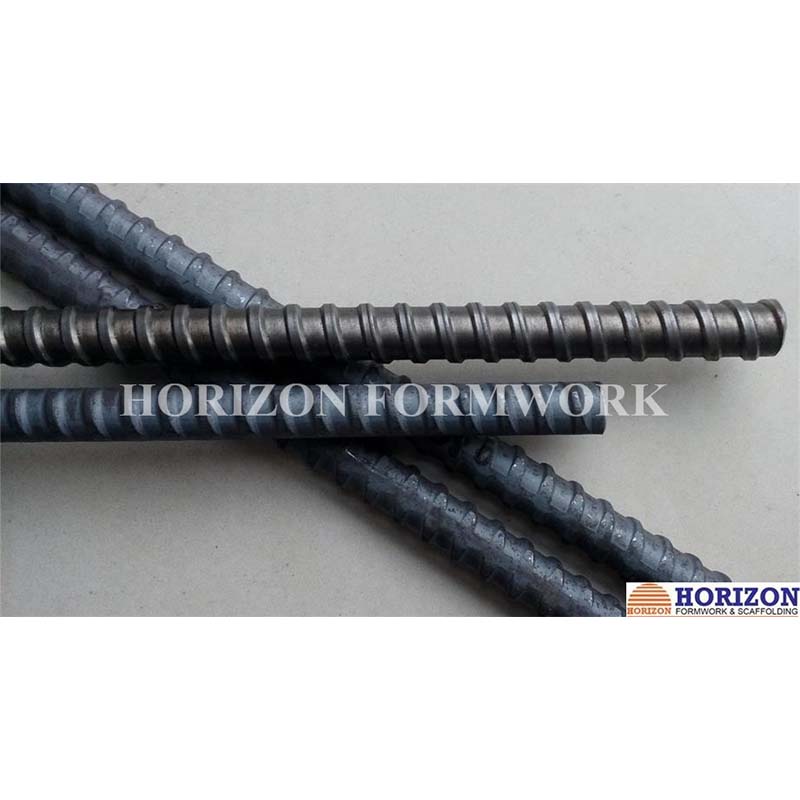
Fig 2: A close-up view highlighting the robust design and precision threading of a formwork wing nut.
Versatile Application Scenarios and Technical Advantages
The utility of the formwork wing nut extends across a diverse range of construction applications, each benefiting from its inherent strength, reusability, and ease of installation. From towering skyscrapers to critical infrastructure, these fasteners are indispensable.
Key Application Areas:
- High-Rise Building Construction: Essential for vertical formwork systems, ensuring the structural integrity of concrete walls and columns under significant hydrostatic pressure. The rapid tightening and loosening capability of the formwork wing nut significantly reduces labor time.
- Bridge and Tunnel Construction: In projects requiring massive concrete pours and complex geometries, the combination of formwork tie rod and wing nut provides reliable anchorage and alignment for heavy-duty formwork. The specialized formwork water stop wing nut is critical here, preventing water ingress and enhancing structural longevity, acting as an integrated water stop and water barrier.
- Dam and Water Treatment Plants: Given the constant exposure to water, the corrosion resistance of galvanized wing nuts and the sealing properties of water stop components are vital for long-term performance and structural integrity.
- Precast Concrete Factories: Used in the fabrication of precast concrete elements, where precise dimensions and strong clamping are required to produce high-quality, repeatable components.
- Industrial Facilities: For foundations and structural elements in petrochemical plants, metallurgical facilities, and power stations, where high load capacities and durability are non-negotiable.
Technical Advantages:
- Rapid Assembly and Disassembly: The wing design allows for quick manual tightening and loosening, drastically reducing erection and stripping times, leading to significant labor cost savings.
- High Load-Bearing Capacity: Manufactured from robust materials and precision engineered, these nuts can withstand substantial concrete pressures, ensuring formwork stability and preventing blowouts.
- Exceptional Reusability: High-quality galvanization and robust material construction ensure that wing nuts can be used across numerous projects, offering a superior return on investment and contributing to sustainable construction practices.
- Corrosion Resistance: Surface treatments like hot-dip galvanization provide excellent protection against rust and environmental degradation, crucial for long-term projects and components stored outdoors.
- Enhanced Safety: Secure fastening minimizes the risk of formwork failure, enhancing on-site safety for personnel and protecting the integrity of the concrete structure.
- Versatility: Compatible with various formwork systems (timber, steel, aluminum) and adaptable to different tie rod diameters, making them a universal fastening solution.
These advantages underscore why high-quality formwork wing nut and formwork tie rod components are not merely purchases but strategic investments that yield long-term benefits in efficiency, safety, and project success.
Vendor Comparison and Customized Solutions
Selecting the right formwork wing nut manufacturer or formwork tie rod supplier is a critical decision for any construction firm. The market offers a wide array of options, from local distributors to large-scale formwork wing nut factories and specialized china formwork tie rod producers. Differentiating between them requires a keen eye for quality, certifications, and support capabilities.
Customized Solutions: Tailoring to Project Needs
Recognizing that no two construction projects are identical, leading formwork wing nut manufacturers offer extensive customization capabilities. This is particularly valuable for unique architectural designs or specialized engineering challenges. Customization options include:
- Material Variants: Selecting specific steel grades or casting alloys for enhanced strength, ductility, or specialized resistance (e.g., to extreme temperatures or aggressive chemicals).
- Dimensional Modifications: Custom thread sizes, lengths, or plate diameters for the formwork wing nut with plate to integrate seamlessly with existing formwork systems or non-standard tie rod specifications.
- Specialized Coatings: Beyond standard galvanization, options like powder coating, specialized anti-corrosion paints, or other surface treatments for specific environmental conditions or aesthetic requirements.
- Integrated Functionality: Designing bespoke formwork water stop wing nut configurations for unique waterproofing challenges, ensuring effective water barrier integration in critical concrete elements.
Engaging with a partner capable of delivering tailored solutions ensures optimal performance, reduces on-site modifications, and ultimately leads to greater project efficiency and cost-effectiveness. This level of service is a hallmark of truly authoritative tie rod construction formwork supplier and tie rod concrete formwork supplier entities.
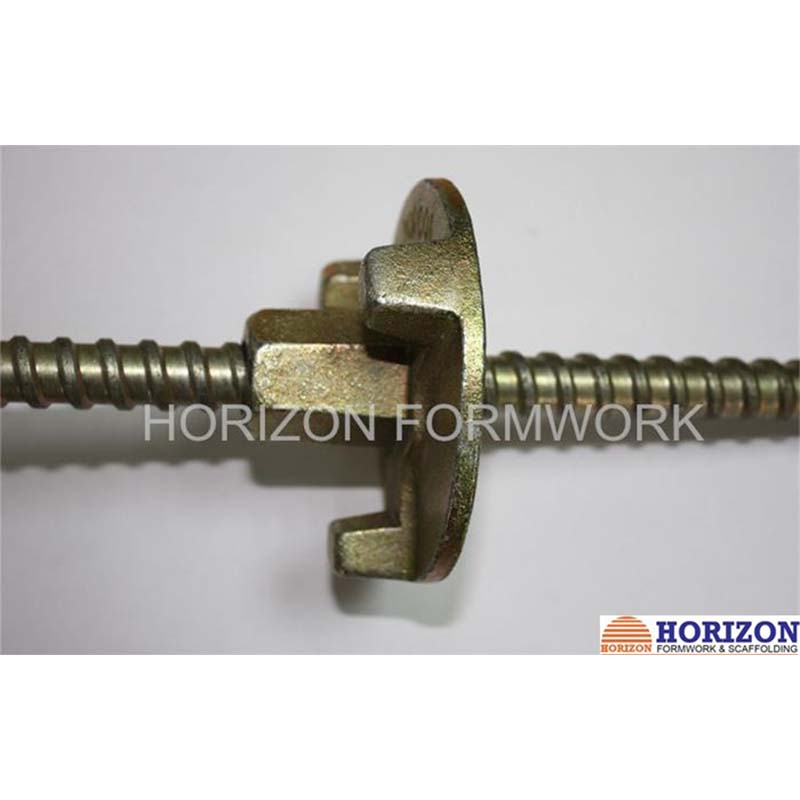
Fig 3: A diverse range of formwork wing nut types, showcasing customization capabilities.
Real-World Application Case Studies: Proving Performance
The true value of a high-performance formwork wing nut is best demonstrated through its successful deployment in challenging construction projects. These case studies highlight not only the product's technical prowess but also its contribution to project efficiency and long-term structural integrity.
Case Study 1: Major Urban Infrastructure Project
A prominent client undertaking the construction of a new metropolitan subway line required a robust formwork system for large-scale concrete tunnel segments. The project demanded rapid concrete pouring cycles and extreme precision. Utilizing high-strength formwork wing nut fasteners in conjunction with 20mm formwork tie rod systems, the construction team achieved consistent clamping pressure across expansive formwork panels. The quick-release design of the wing nuts facilitated accelerated formwork stripping, contributing to a 15% reduction in cycle time per segment. Engineers noted the exceptional reusability of the components, even after multiple cycles, which significantly reduced material procurement costs and waste on-site, aligning with sustainable construction objectives.
Case Study 2: Coastal Defense Barrier Construction
For a critical coastal defense project involving massive concrete barrier walls, a key challenge was ensuring long-term watertightness in a saline environment. The project specified the use of specialized formwork water stop wing nut components. These integrated fasteners, designed with a robust water stop mechanism, effectively sealed tie rod penetrations, preventing any water seepage through the concrete. The hot-dip galvanized finish on the wing nuts provided superior corrosion resistance against saltwater exposure, ensuring structural longevity. Customer feedback highlighted the ease of installation and the confidence in the system's performance, eliminating costly post-construction waterproofing efforts.
Case Study 3: High-Rise Residential Tower
In a multi-story residential project, the client faced tight deadlines and the need for efficient vertical construction. Standard formwork wing nut with plate and formwork tie rod systems were deployed for shear walls and elevator cores. The integrated plate design of the wing nut distributed pressure more effectively over the timber and steel formwork panels, minimizing surface deformation and ensuring a smooth concrete finish. The consistent quality and precise threading of the components reduced installation errors, leading to fewer rework requirements and adherence to the accelerated construction schedule. This showcased the product's ability to deliver both structural integrity and aesthetic quality in demanding urban projects.
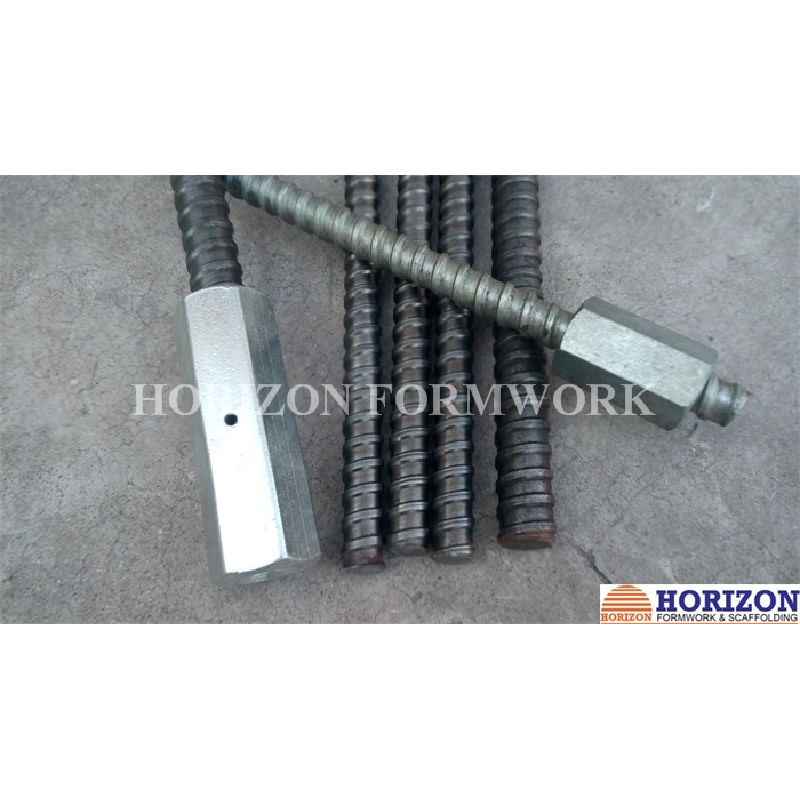
Fig 4: A construction site demonstrating the practical application of formwork wing nut systems.
Authoritativeness and Trustworthiness: Our Commitment to Excellence
Establishing trust and demonstrating authority are fundamental in the B2B sector, especially for critical construction components like the formwork wing nut. Our commitment is underpinned by stringent quality protocols, industry certifications, and a track record of reliable service.
Certifications and Quality Assurance:
We adhere to the highest international standards. Our manufacturing facilities are ISO 9001:2015 certified, ensuring robust quality management systems throughout the production of every formwork wing nut and formwork tie rod. Our products consistently meet or exceed relevant industry standards such as ASTM, DIN, and EN specifications for material composition, mechanical properties, and surface finish. Each batch undergoes rigorous testing, including:
- Tensile Strength Testing: To verify load-bearing capacity and prevent structural failure.
- Yield Strength Testing: To ensure components withstand plastic deformation limits.
- Hardness Testing: To confirm material durability and wear resistance.
- Salt Spray Testing: For galvanized products, simulating harsh environments to guarantee corrosion resistance.
These tests are conducted in accredited laboratories, with detailed reports available to clients, providing verifiable data that underscores our product's reliability.
Partner Clients and Industry Experience:
With over two decades of dedicated service in the construction and engineering sectors, we have cultivated enduring partnerships with leading contractors, developers, and infrastructure companies worldwide. Our client portfolio includes projects in over 50 countries, spanning diverse applications from complex civil engineering works to mass housing initiatives. This extensive experience as a formwork tie rod factories and a comprehensive supplier positions us as a trusted authority in formwork accessories.
Our consistent performance has earned us recognition as a premier tie rod construction formwork supplier, with customer feedback frequently highlighting the superior durability and consistent performance of our products. One client, a major European construction group, reported a 20% increase in formwork erection efficiency due to the reliable threading and ease of use of our formwork wing nut systems.
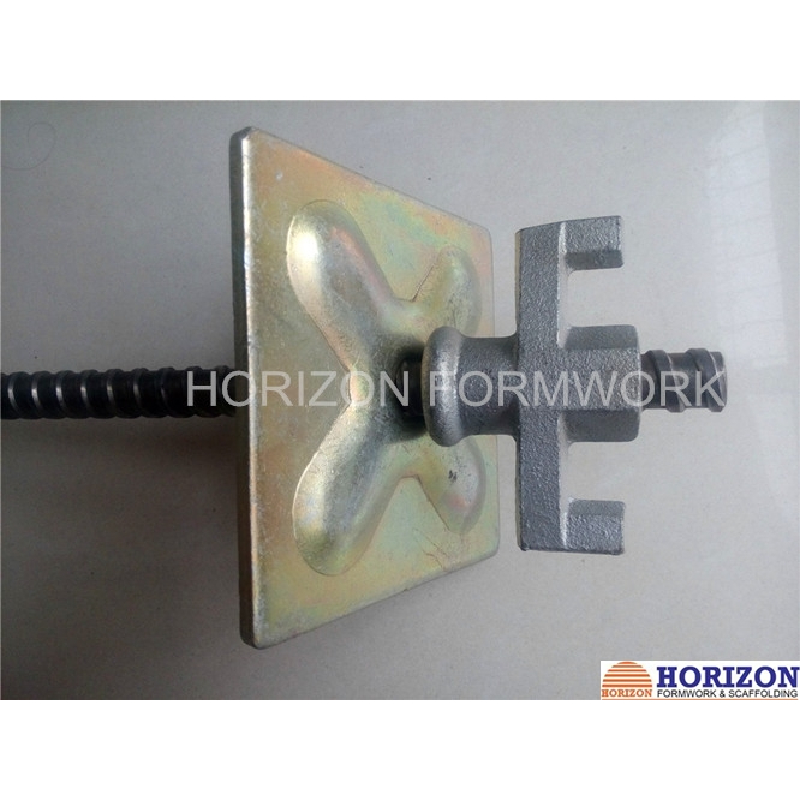
Fig 5: Demonstrating stringent quality control for formwork wing nut components.
Frequently Asked Questions (FAQ)
Q1: What is the primary function of a formwork wing nut?
A1: The primary function is to secure formwork panels by clamping them to the formwork tie rod, providing the necessary bracing against the immense pressure exerted by wet concrete during curing. Its wing design allows for manual tightening and loosening.
Q2: How does a formwork water stop wing nut differ from a standard wing nut?
A2: A formwork water stop wing nut incorporates an integrated sealing mechanism (often a rubber or PVC washer/flange) that creates a watertight seal around the formwork tie rod where it penetrates the concrete. This prevents water ingress through the tie rod holes, acting as an effective water barrier, critical for structures requiring watertight integrity.
Q3: What materials are typically used for formwork wing nut manufacturing?
A3: They are primarily manufactured from high-strength ductile iron (e.g., GGG50) or carbon steel (e.g., Q235, S45C) to ensure robustness and high load-bearing capacity. These materials are then typically galvanized for corrosion resistance.
Q4: Can these products be customized for specific project requirements?
A4: Yes, leading formwork wing nut manufacturers offer extensive customization for material, size, thread type, surface finish, and design modifications (e.g., for specialized formwork wing nut with plate variants) to meet unique project demands.
Q5: What is the expected service life of a quality formwork wing nut?
A5: With proper use, maintenance, and storage, a high-quality, galvanized formwork wing nut can have a service life of 10 years or more, offering significant reusability and long-term value.
Lead Time, Warranty, and Customer Support
Efficient Lead Times and Global Fulfillment:
We understand that timely delivery is crucial for project continuity. Our optimized manufacturing processes and robust supply chain management enable us to offer competitive lead times. For standard formwork wing nut and formwork tie rod products, lead times typically range from 2 to 4 weeks, depending on order volume and specific requirements. For customized solutions, our team works closely with clients to establish realistic and efficient production schedules. Our global logistics network ensures reliable and cost-effective delivery to construction sites worldwide, whether by sea, air, or land freight.
Comprehensive Warranty Commitments:
We stand behind the quality and performance of our products. All formwork wing nut and related formwork accessories come with a standard 12-month warranty against manufacturing defects from the date of purchase. This commitment reflects our confidence in our stringent quality control processes and the durability of our materials. Extended warranty options may be available for large-scale, long-term projects, offering additional peace of mind to our clients.
Dedicated Customer Support and After-Sales Service:
Our commitment to our clients extends far beyond the point of sale. We provide comprehensive customer support, including:
- Technical Assistance: Our team of experienced engineers offers expert advice on product selection, application best practices, and troubleshooting for any technical challenges related to the formwork wing nut or formwork system.
- Installation Guidance: We provide detailed documentation and, when necessary, on-site guidance to ensure proper and safe installation of our components.
- Responsive Communication: A dedicated account manager ensures prompt responses to inquiries, order status updates, and efficient resolution of any issues.
- Spare Parts and Replacements: We maintain a readily available inventory of spare parts and replacement components to minimize downtime and keep your projects on track.
This holistic approach to customer engagement solidifies our position as a trustworthy and reliable formwork wing nut supplier, ensuring that our clients receive not just products, but complete solutions and unwavering support.
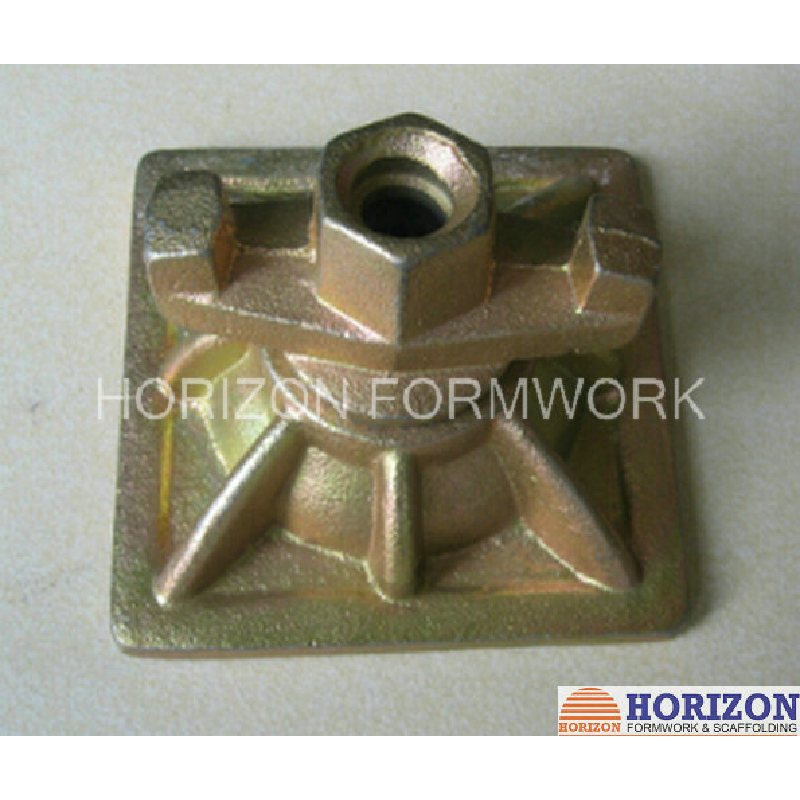
Fig 6: Our commitment to comprehensive customer support for all formwork wing nut solutions.
Conclusion
The formwork wing nut, in conjunction with its crucial counterpart the formwork tie rod, represents a cornerstone of modern concrete construction. Its robust design, precision manufacturing, and versatile application make it an indispensable component for ensuring structural integrity, enhancing operational efficiency, and adhering to strict safety standards across diverse projects. From standard applications to specialized requirements for watertight structures, the choice of a high-quality formwork fastener, coupled with reliable supplier support and customization capabilities, is paramount for project success and long-term asset performance.
Investing in superior-grade formwork wing nut solutions from an experienced and certified manufacturer ensures not only the immediate stability of your formwork but also contributes significantly to cost-effectiveness, reusability, and overall project safety, reinforcing the foundation of durable infrastructure worldwide.
References
- International Organization for Standardization. (2015). ISO 9001:2015 - Quality management systems – Requirements. Retrieved from https://www.iso.org/standard/62085.html
- American Concrete Institute. (2014). ACI 347R-14 - Guide to Formwork for Concrete. Retrieved from https://www.concrete.org/store/productdetail/347R14
- Construction Industry Research and Information Association (CIRIA). (2018). C780 - Formwork: a guide to good practice. Retrieved from https://www.ciria.org/ItemDetail?iProductCode=C780F
- ASTM International. (2019). ASTM A153/A153M - Standard Specification for Zinc Coating (Hot-Dip) on Iron and Steel Hardware. Retrieved from https://www.astm.org/a0153_a0153m-19.html
- European Committee for Standardization. (2015). EN 10025-2 - Hot rolled products of structural steels - Part 2: Technical delivery conditions for non-alloy structural steels. Retrieved from https://standards.cen.eu/dyn/www/f?p=204:110:0::::FSP_PROJECT,FSP_LANG_ID:29665,25&cs=162F365287F0D0E7979313A17CC60E36E
This is the last article
-
Premium Formwork Wing Nuts & Tie Rods | Factory Supplier
NewsAug.29,2025
-
Expert Ringlock Scaffolding: Durable, Safe, Efficient Solutions
NewsAug.28,2025
-
Ringlock Scaffolding: Strong, Safe & Efficient Solutions
NewsAug.27,2025
-
OEM Column Formwork: Circular, Curved & Inclined Solutions
NewsAug.26,2025
-
Premium Scaffolding Jacks: Stable, Adjustable & Durable
NewsAug.25,2025
-
OEM Wall Formwork & Shuttering: Flexible & Curved Solutions
NewsAug.24,2025